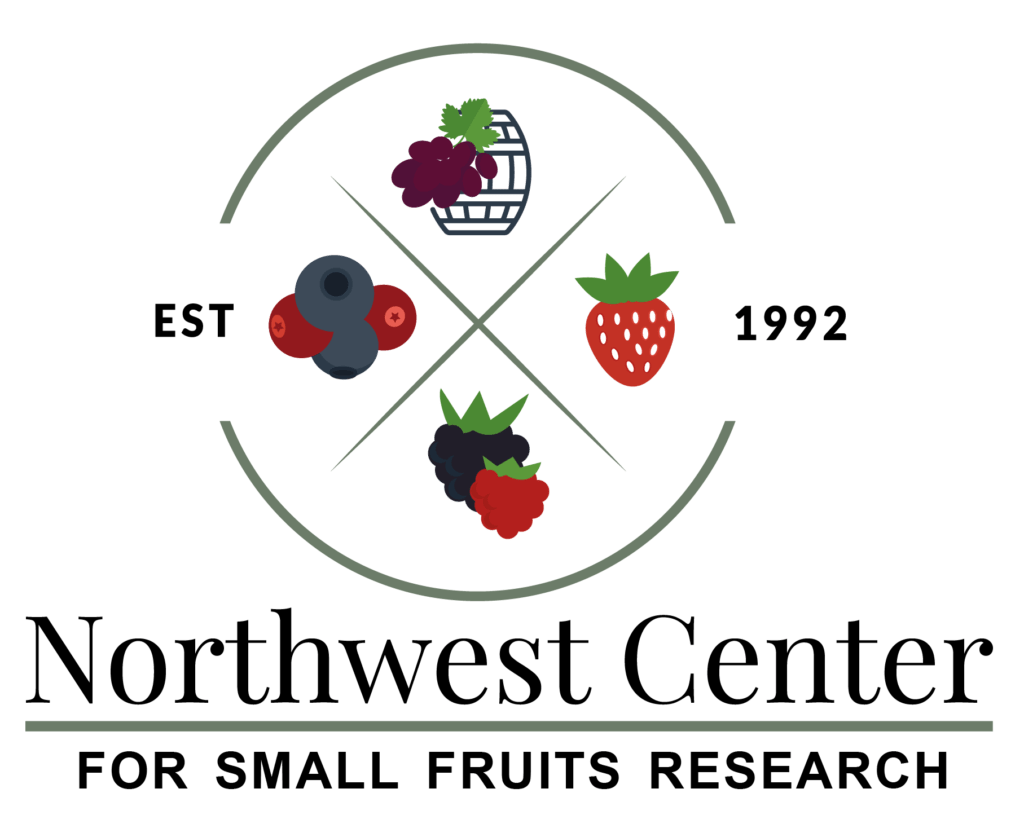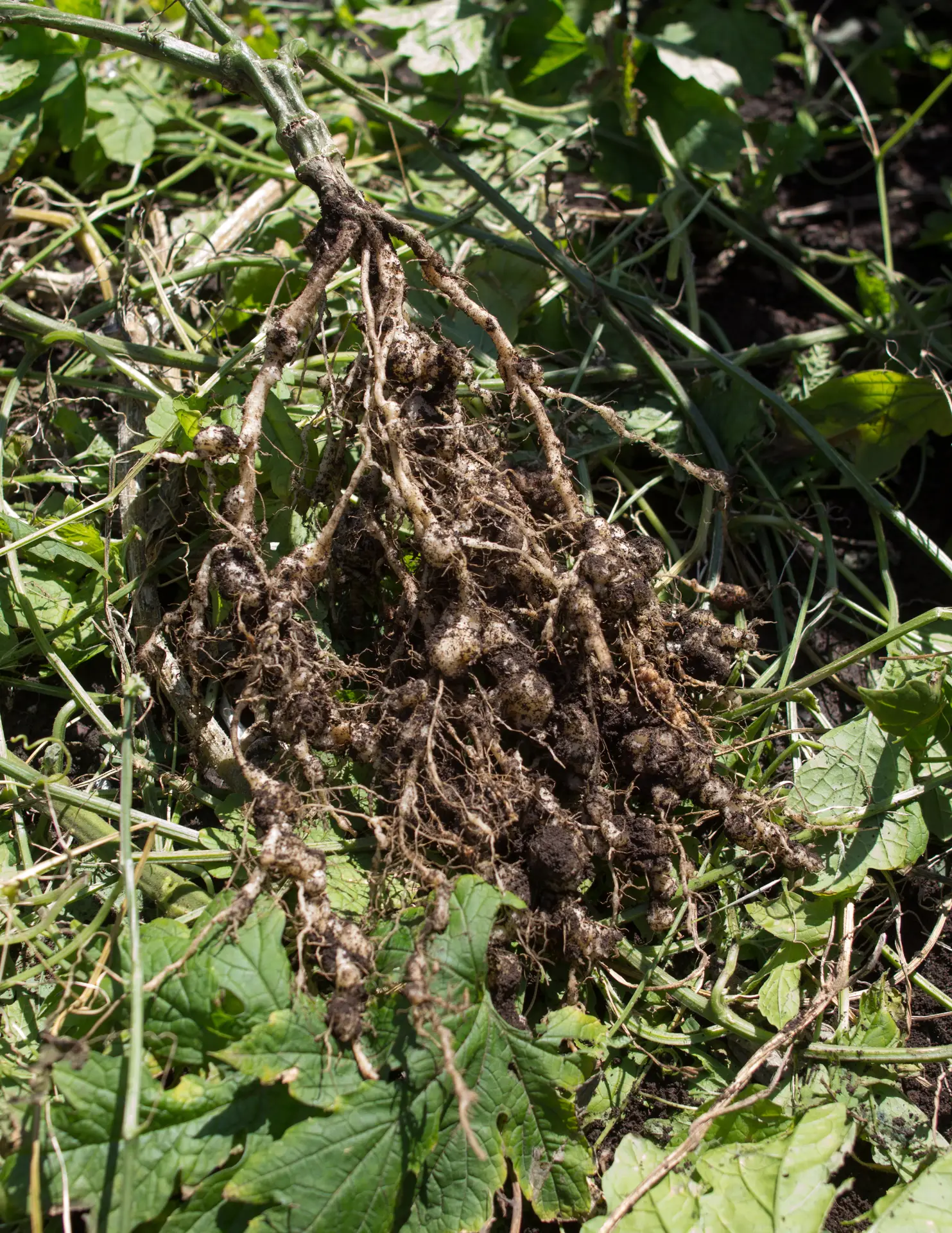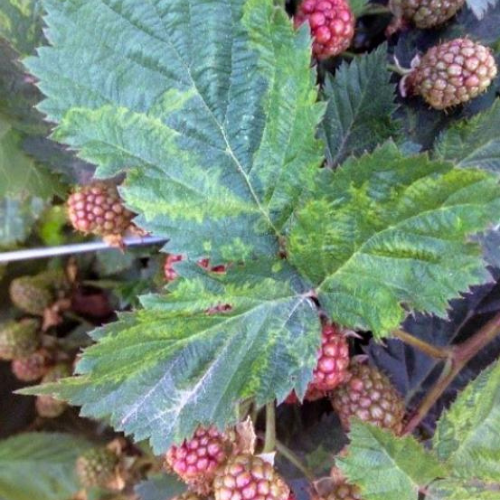 Completed or Ongoing Research
Completed or Ongoing Research

The completion of both alcoholic and malolactic fermentation (MLF) in red wine are essential to the quality and stability of red wine and to its commercial success in the market. In this study, alcoholic and malolactic fermentations were induced in low and high nitrogen-containing Cabernet Sauvignon musts by adding both yeast (Saccharomyces cerevisiae) and bacteria (Oenococcus oeni or Lactobacillus plantarum) at the same time. While O. oeni was able to complete MLF in the high nitrogen fermentations, only one of the three strains of Lb. plantarum was able to convert the majority of malic acid to lactic acid (<0.5 g/L residual malic acid). Under low nitrogen conditions, neither alcoholic or malolactic fermentation finished in any of the wines. Subsequent fermentations using a synthetic grape juice medium yielded poor growth of bacteria whether inoculated subsequently or concurrently with S. cerevisiae. Additional studies with Lb. plantarum are required to fully evaluate their potential usefulness to Pacific Northwest winemakers.

From 2020-2022, eleven sites from nine different vineyards in Oregon, and four in Washington were surveyed for Botrytis by sampling grape inflorescence and developing fruits, vineyard floor debris (prior year grape rachis), and nuisance blackberries. Botrytis on grape inflorescence and fruits varied from site to site and year to year likely due to yearly disease pressure differences and unique site microclimates. Prior year dead grape rachis on the vineyard floor with sporulating Botrytis infestations varied from year to year as well, but generally declined as the season progressed. Incidence of Botrytis on vineyard floor debris in all but one site in 2021 was over 75% in late April and all sites sampled decreased over time to under 25% by September. Wild nuisance blackberry flowers and fruits adjacent to the vineyard were also found to be potential sources of Botrytis inoculum throughout the season. Inoculum estimation from historical spore trap DNA samples originally taken to monitor powdery mildew in the Willamette Valley were re- assayed for Botrytis inoculum.
Nematodes are root feeding organisms that can cause direct damage and can also be a virus vector. Nematodes can severely limit the successful establishment of vines and vineyards and impact production yields by 5-20%. There are several products available to growers to assist in managing Nematode populations and increase successful vine establishment. This research evaluates combinations of synthetic (at half the recommended commercial rate) and biological nematicides to reduce populations of plant-parasitic nematodes, and increase populations of free-living beneficial nematodes and to increase vine productivity.
Washington and Oregon account for 85% of national raspberry production and 15% of worldwide production. Growers from Washington and Oregon harvest over 80 million pounds of raspberries on about 12,000 acres. Tomato ringspot virus (ToRSV) continues to be a problem in raspberry production in the Willamette Valley in Oregon, and in southern Washington. The predominant mode of spread of ToRSV is via the nematode vector Xiphinema americanum, also known as “Dagger” nematodes. Methyl bromide is often a method of choice for managing ToRSV and other nematode-borne plant viruses because it kills the nematode vectors. However, ToRSV often reappears within 3-4 years of fumigation with methyl bromide.
Washington and Oregon account for 85% of national raspberry production and 15% of worldwide production. Growers from Washington and Oregon harvest over 80 million pounds of raspberries on about 12,000 acres. Tomato ringspot virus (ToRSV) continues to be a problem in raspberry production in the Willamette Valley in Oregon, and in southern Washington. The predominant mode of spread of ToRSV is via the nematode vector Xiphinema americanum, also known as “Dagger” nematodes. Methyl bromide is often a method of choice for managing ToRSV and other nematode-borne plant viruses because it kills the nematode vectors. However, ToRSV often reappears within 3-4 years of fumigation with methyl bromide.

 Completed or Ongoing Research
Completed or Ongoing Research


